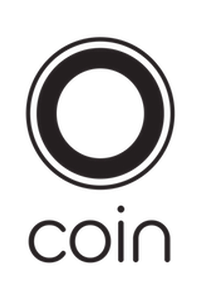Some thoughts on two bits of interesting consumer payments news from this week…
ISIS: The carrier-led mobile payments joint venture ISIS launched nationally this week, approximately 3 years after the venture’s initial announcement. Three years is an awfully long time to get a mobile app to market. Obviously, there is a ton of work that needed to happen behind the scenes: coordination between AT&T, Verizon and T-Mobile plus technology & marketing partnerships with merchants, issuers, card networks, handset manufacturers, terminal manufacturers, technology vendors & others. From the Google Play store reviews, it appears that despite all that work, the consumer experience is still lacking: ISIS slammed on Google Play (there aren’t a whole lot of places where ISIS can be used, there aren’t many devices supported, consumers need to obtain a special SIM card, etc.). It will be very challenging for ISIS to break out as one of more than 1 million apps in the Google Play store; carrier default installs will be the path to consumer attention, but even then, the experience needs to get much simpler & far more valuable for consumers to pay attention. It is a scary thought, but it is possible to spend tens of millions of dollars and many years of product & partnership development yet still launch a mobile app that few consumers will naturally download. In the same three year time period from ISIS announcement to national launch, Google Wallet launched and iterated a few times, adding new product functionality. ISIS will have to move faster and do the same, while hoping that default on-device positioning and heavy consumer marketing can attract consumer attention & usage.
Coin: A new product called Coin was introduced this week. The product will launch in the middle of 2014 and is currently accepting discounted pre-orders. Coin allows a consumer to scan all of their credit, debit, gift, loyalty and membership cards into an app on their mobile phone. The Coin device, which will behave like a standard magnetic stripe card, can hold up to 8 of the stored cards at any given time, allowing a consumer to reduce wallet clutter and more easily manage their transactions. The product design & technology looks great, and the launch marketing has been excellent. The product partially solves a clear problem that many consumers have: the Costanza wallet. There are challenges that Coin will face: some merchants may be hesitant to accept Coin (the physical card is part of the security of a credit card), they will need to negotiate with card networks & issuers over branding issues, the device has a 2-year battery life, no current compatibility with EMV (limits international functionality and soon US). In addition, it will be interesting to see if the single pain point of card clutter is a big enough one for non-techie consumers to manage through a dedicated app & device. I would imagine that there will be more functionality to the Coin app over time than simply card storage & manual management; it will be fun to see the product launch & iterate!
